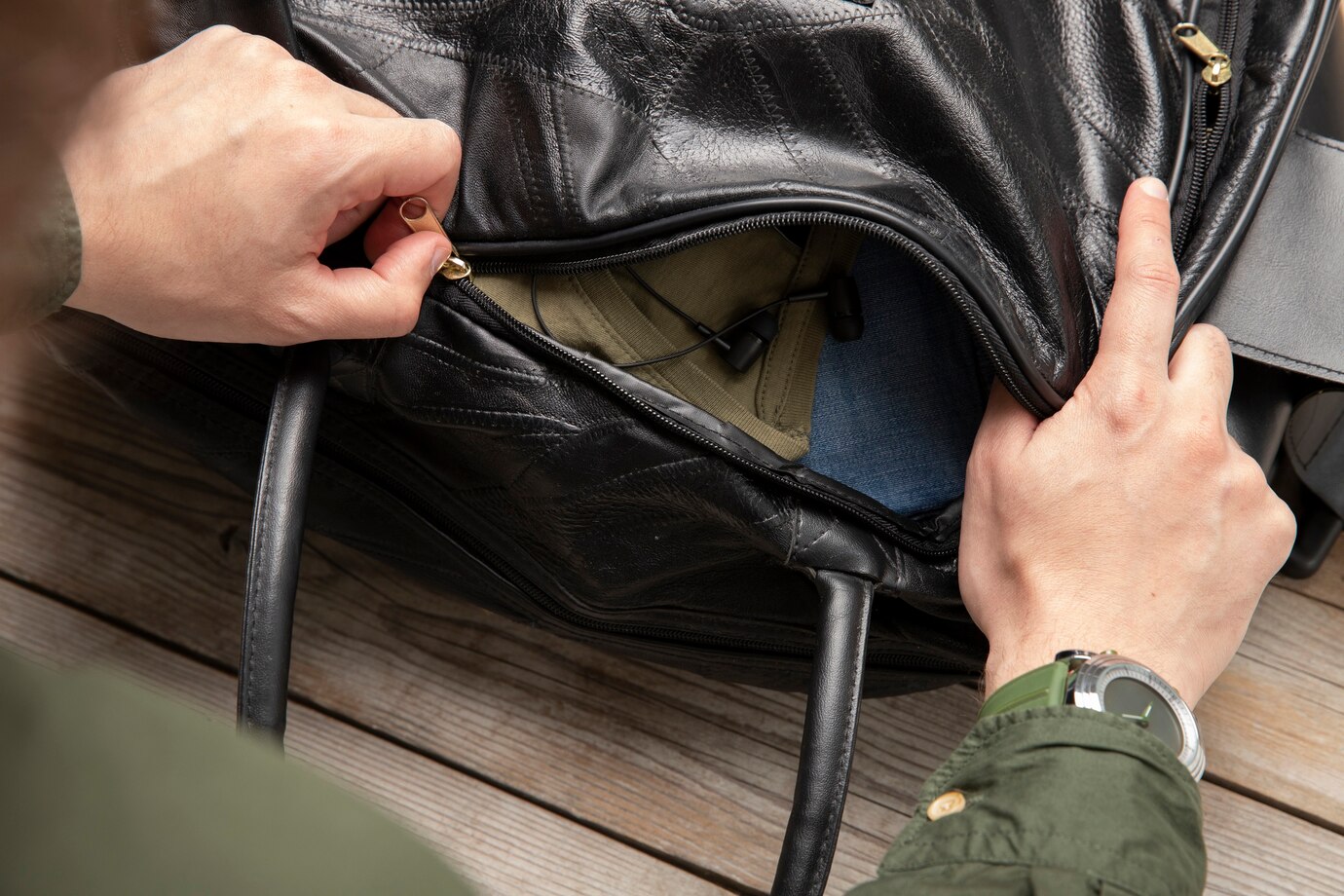A ripped plate carrier isn’t just an inconvenience—it’s a potential safety hazard. Whether the damage comes from rigorous training, field use, or long-term wear, a compromised carrier can fail when you need it most. Fortunately, with the right tools and techniques, you can restore its strength and reliability. This guide covers everything from quick field fixes to heavy-duty repairs, ensuring your plate carrier remains mission-ready.
Why Repairing Your Plate Carrier Matters
A plate carrier is a critical piece of tactical gear, designed to hold armor plates and distribute weight efficiently. When torn, its structural integrity weakens, leading to:
- Reduced ballistic protection (if plates shift or become exposed).
- Increased strain on seams and straps, accelerating further damage.
- Poor load distribution, causing discomfort and mobility issues.
Ignoring small tears can turn them into catastrophic failures. A proper repair extends your gear’s lifespan, saving money and ensuring performance when it counts.
Step-by-Step Guide to Repairing a Ripped Plate Carrier
1. Assess the Damage
Before starting, determine the extent of the tear:
- Seam Rip: Common in high-stress areas like shoulder straps or side seams.
- Fabric Tear: Often in Cordura or nylon panels due to abrasion.
- MOLLE Webbing Damage: Can affect pouch attachment points.
Check for:
✔️ Loose threads or fraying edges.
✔️ Weak spots near the tear that may need reinforcement.
2. Gather the Right Tools
For a field-expedient repair, you’ll need:
- Ripstop tape (like Gear Aid Tenacious Tape)
- Fabric glue (such as Seam Grip or Shoe Goo)
- Lighter (to melt frayed edges and prevent further unraveling)
For a permanent, heavy-duty fix, use:
- Bonded polyester or nylon thread (avoid cotton—it rots over time).
- Sewing awl or heavy-duty needle (for thick fabrics).
- Cordura or ballistic nylon patch (for large tears).
- Bar tack stitching (reinforced stitching used in military gear).
3. Prepare the Torn Area
- Trim loose threads with scissors.
- Use a lighter to carefully melt frayed edges (prevents further tearing).
- If using a patch, cut it slightly larger than the tear for full coverage.
4. Sewing the Repair (Best for Long-Term Durability)
For Seam Repairs:
- Use a backstitch for maximum strength.
- Sew at least ¼ inch from the edge to prevent pull-through.
- Double-stitch high-stress areas (shoulders, side buckles).
For Fabric Tears:
- Place a fabric patch behind the tear (glue it first for stability).
- Use a box stitch (X-pattern) to secure the patch.
- Seal edges with fabric glue for waterproofing.
For MOLLE Webbing:
- Re-stitch using a zigzag pattern to maintain flexibility.
- Add a reinforcing bar tack at stress points.
5. Field-Expedient Fixes (When You Can’t Sew)
- Ripstop Tape: Apply on both sides of the tear for an instant bond.
- Zip Ties or Paracord: Temporarily secure loose straps or webbing.
- Super Glue + Fabric: Works for small tears but isn’t as flexible.
6. Stress-Test the Repair
- Load the carrier with plates and gear.
- Tug firmly on the repaired area to check for weak points.
- Adjust stitching or reinforcement if needed.
Pro Tip: Preventing Future Damage
🔥 Rotate Your Carriers: If used daily, alternate between two to reduce wear.
🔥 Wash Properly: Hand-wash with mild soap; avoid harsh detergents that weaken fibers.
🔥 Inspect Regularly: Check stitching and fabric after each use.
Conclusion: How to Repair a Ripped Plate Carrier
A ripped plate carrier doesn’t have to mean the end of its service life. With How to Repair a Ripped Plate Carrier—whether a quick field fix or a reinforced stitch—you can restore its strength and reliability. For more on extending tactical gear lifespan, check our Ultimate Tactical Gear Maintenance Guide.
FAQ About How to Repair a Ripped Plate Carrier
1. Can I use a regular sewing machine for plate carrier repairs?
Yes, but only if it’s heavy-duty (like a Sailrite or industrial machine). Most home machines struggle with thick nylon webbing.
2. How long will a fabric glue repair last?
Temporary fixes (like glue or tape) hold for weeks, but stitching is the only permanent solution.
3. What’s the strongest stitch for tactical gear?
Bar tacking (used in military gear) or a triple-stitched box pattern provides the best durability.
4. Can I repair a torn plate carrier strap?
Yes—either re-stitch it with a patch or replace the strap entirely if too damaged.
5. Does duct tape work for emergency repairs?
It’s a last-resort option—duct tape loses adhesion quickly under movement and sweat.










